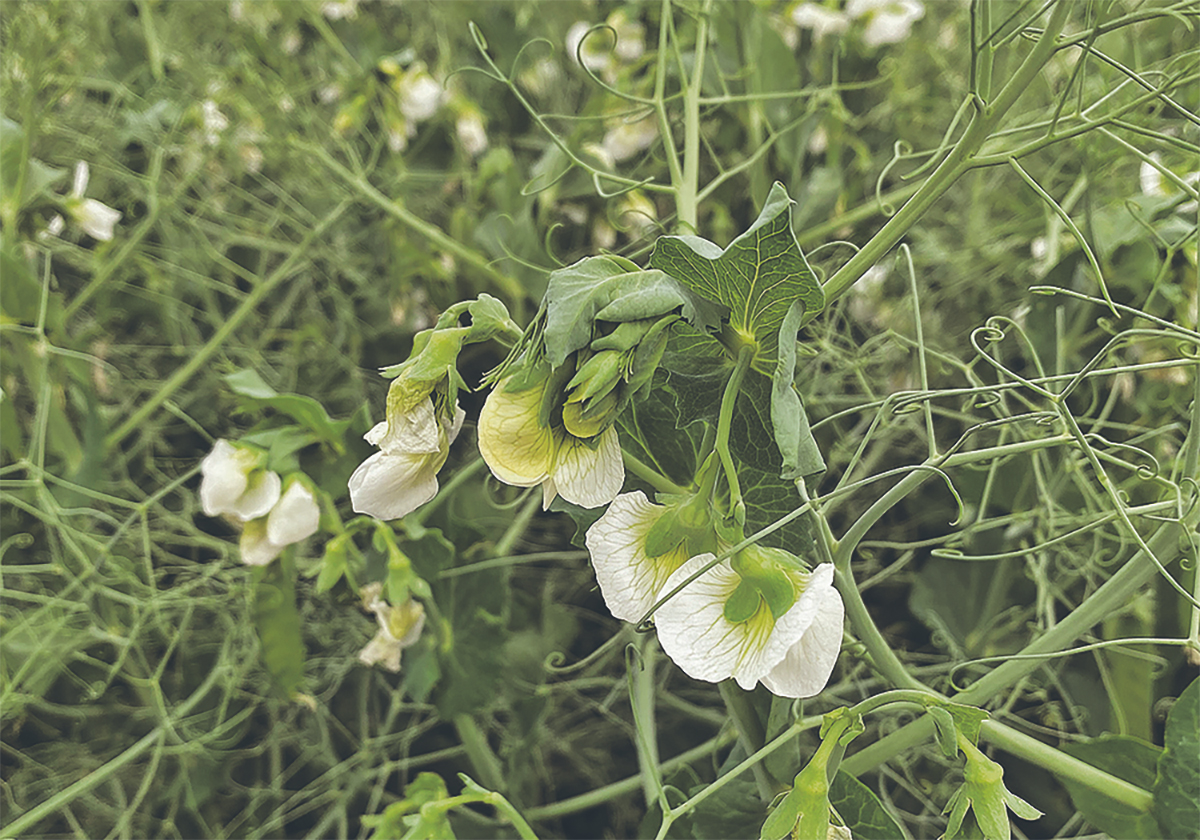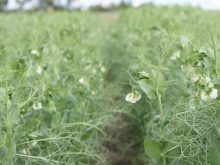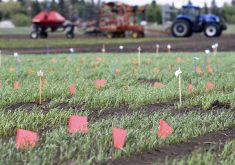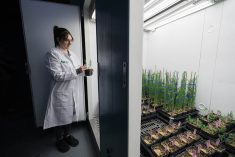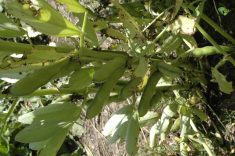REGINA — Saskatchewan Pulse Growers is close to signing a new crop breeding agreement with the University of Saskatchewan’s Crop Development Centre as new varieties from Limagrain near the market.
Chair Winston van Staveren announced at the January annual meeting that SPG and the CDC recently signed a term sheet to guide agreements for specific crops.
“We are looking forward to finalizing some agreements with the CDC very, very soon,” he said.
Read Also

Saskatchewan amends farm land ownership regulations
The Canada Pension Plan Investment Board can no longer own Saskatchewan farmland.
The former agreement between the two expired in 2020, and in 2022 SPG signed an agreement with Limagrain Field Seeds. At the time, some producers were concerned about the move to a royalty structure from commercializing the new varieties; the CDC varieties were royalty-free.
Executive director Carl Potts said the new model of pulse breeding is designed to ensure growers are competitive and have sustainable varieties in the future.
The third field season under the Limagrain collaboration is complete, and Potts told the meeting the first pea and lentil lines are close to hitting the market.
“Five new lentil varieties and one yellow pea variety were supported for registration from that program in 2024, and at SPG’s pulse variety seminar earlier this week, Limagrain noted that they’re stacking several known sources of resistance in Aphanomyces in peas, with those lines expected to be considered for registration in 2030,” he said.
Potts said SPG had continued to support pea and chickpea research at the CDC through the Pulse Science Cluster, but he said the new agreement includes other crops.
“The initial focus will be on lentil and fababean breeding programs to start, and those are incredibly important, and we expect that agreements on additional crops like pea, chickpea and dry bean will follow.”
He said lentil and fababeans are strategically important crops that could use some immediate funding.
Potts said SPG heard “loud and clear” that farmers expect their organization to invest in breeding and that the CDC should be a partner.
“We always did expect that,” he said, adding that SPG is in discussions with other partners, too.
He said it’s critical that the breeding programs be structured to generate revenue.
“Any new agreements that we enter into, we want to have commercialization arrangements where farmers pay royalties on certified seed, as well as on farm saved seed, in order to transition to an environment where there’s significant revenue being generated from the marketplace,” he said.
“We have broad alignment on commercialization with the Crop Development Centre.”
The details to be worked out include SPG investment and the royalty structure.




